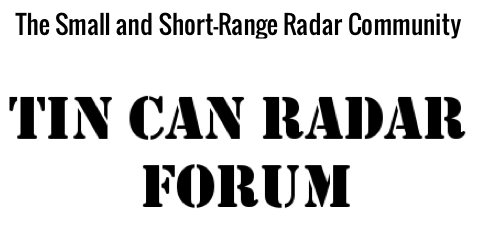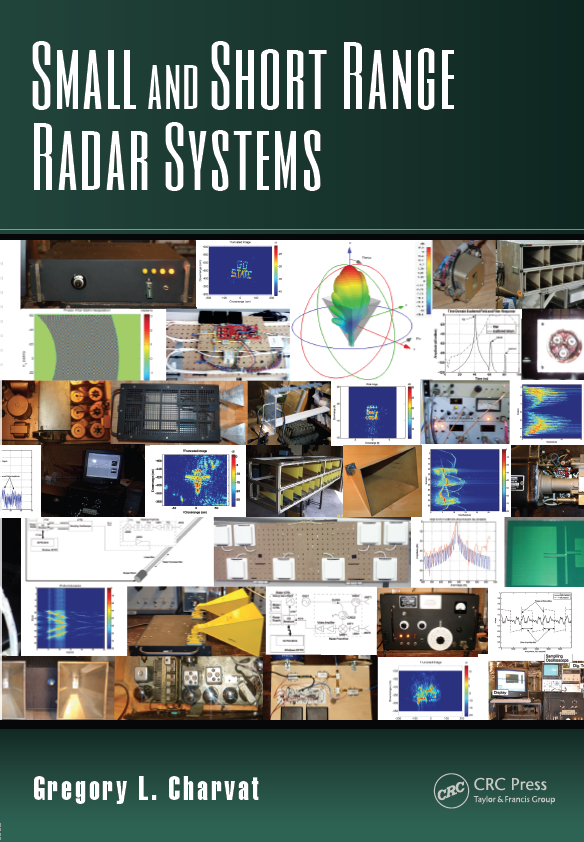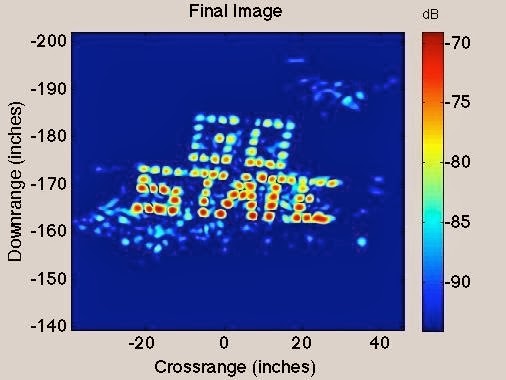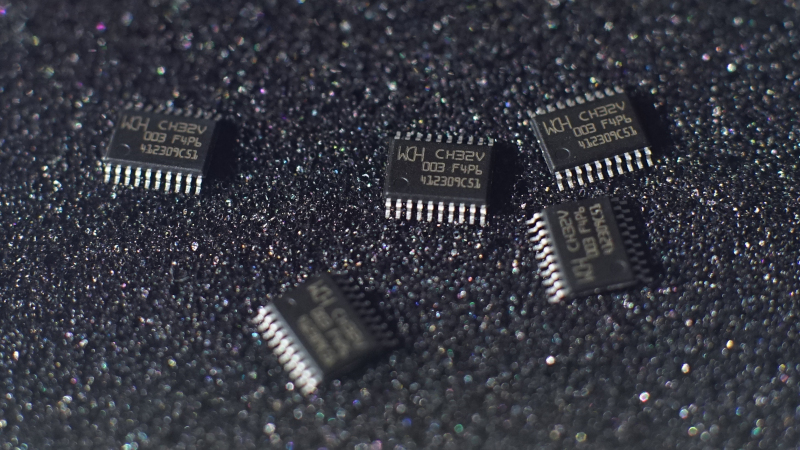Check out this video series online on how to measure radio transmitters, mostly for radar. Not an easy thing to do for sure.
ITS Educational and Training Videos
SP-09-460: NTIA Seminar Series on Spectrum Measurement Theory and Techniques
Have you ever wondered how a spectrum analyzer works, how to properly adjust all of the analyzer's parameters, or why a stair-step pattern initially appears on a spectrum analyzer screen when you turn it on? Do you know how to precisely calculate the analyzer's sensitivity in your head, merely by glancing at the screen display without any signal present? Are you uncertain about how much gain, and how low a noise figure, you ought to specify when you are ordering a low–noise amplifier (LNA) for a radio receiver? Do you want to know the difference between noise figure and noise factor? Do you wonder how to diagnose and solve radio interference problems?
If you have questions about how to make good radio spectrum measurements or how to diagnose interference problems, you will find the answers in the NTIA Seminar Series on Spectrum Measurement Theory and Techniques. In this series of talks, an NTIA engineer at the Institute for Telecommunication Sciences (ITS) laboratory in Boulder, CO, discusses the fundamentals of radio spectrum measurements. The speaker, Frank Sanders, who has nearly thirty years of experience in this field, recognizes that even for many engineers who routinely use spectrum analyzers, the fundamentals of how they work and how to use them may be a bit murky; even in university lab classes the instructors do not always understand these machines very well themselves.
Most of the talks, which are 80–100 minutes long, are divided into two parts. In the first portion of each video, Sanders explores a particular aspect of radio spectrum measurement technique or theory with a whiteboard lecture. In the second part, the lessons of the whiteboard discussion are implemented with actual measurement hardware and radio signals. A few of the talks, which for example involve large numbers of photographs of radar systems, are videos of his Microsoft Powerpoint presentations.
In this series, Sanders explains spectrum analyzer functionality in terms of convolution bandwidth and shows how, when convolution is understood along with the mechanics of analyzer design, spectrum analyzer operations and outputs become easy to understand and use. Other topics include (1) what you need to know to use spectrum analyzers to examine all types of radio signals, including mobile radios, radars, and digital data links; (2) the use of low noise amplifiers and how to specify the right gain and noise figure for your receiver and measurement applications; (3) how radar systems work, and how to understand and interpret the signals that you see coming from radars; (4) the ways that radio interference can occur; (5) a methodical approach for diagnosing and solving radio interference problems; (6) the math needed to convert spectrum analyzer measurements into field strengths of radio signals; and (7) the proper conversions for radiation hazard calculations.








No comments:
Post a Comment